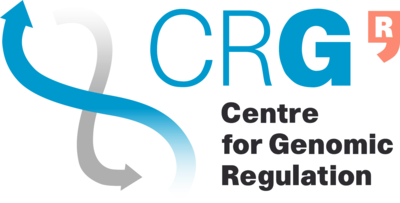Publication:20190110140346
From Bioinformatics Core Wiki
Revision as of 14:04, 10 January 2019 by Jponomarenko (Talk | contribs)
| Publication | |
|---|---|
| URL | https://www.ncbi.nlm.nih.gov/pubmed/?term=30419504 |
| Title | Pergola: Boosting Visualization and Analysis of Longitudinal Data by Unlocking Genomic Analysis Tools
|
| Authors | Jose Espinosa-Carrasco, Ionas Erb, Toni Hermoso Pulido, Julia Ponomarenko, Mara Dierssen, Cedric Notredame |
| Date | 2018-11-30
|
| Publisher | iScience |
| DOI | 10.1016/j.isci.2018.10.023 |
| Tag | Behavioral Neuroscience, Bioinformatics, Biological Sciences, Genetics |
Abstract:
The growing appetite of behavioral neuroscience for automated data production is prompting the need for new computational standards allowing improved interoperability, reproducibility, and shareability. We show here how these issues can be solved by repurposing existing genomic formats whose structure perfectly supports the handling of time series. This allows existing genomic analysis and visualization tools to be deployed onto behavioral data. As a proof of principle, we implemented the conversion procedure in Pergola, an open source software, and used genomics tools to reproduce results obtained in mouse, fly, and worm. We also show how common genomics techniques such as principal component analysis, hidden Markov modeling, and volcano plots can be deployed on the reformatted behavioral data. These analyses are easy to share because they depend on the scripting of public software. They are also easy to reproduce thanks to their integration within Nextflow, a workflow manager using containerized software.
The growing appetite of behavioral neuroscience for automated data production is prompting the need for new computational standards allowing improved interoperability, reproducibility, and shareability. We show here how these issues can be solved by repurposing existing genomic formats whose structure perfectly supports the handling of time series. This allows existing genomic analysis and visualization tools to be deployed onto behavioral data. As a proof of principle, we implemented the conversion procedure in Pergola, an open source software, and used genomics tools to reproduce results obtained in mouse, fly, and worm. We also show how common genomics techniques such as principal component analysis, hidden Markov modeling, and volcano plots can be deployed on the reformatted behavioral data. These analyses are easy to share because they depend on the scripting of public software. They are also easy to reproduce thanks to their integration within Nextflow, a workflow manager using containerized software.
| Annotation | Our team developed a web service for using Pergola via the Internet browser at http://pergola.crg.eu. |
|---|
